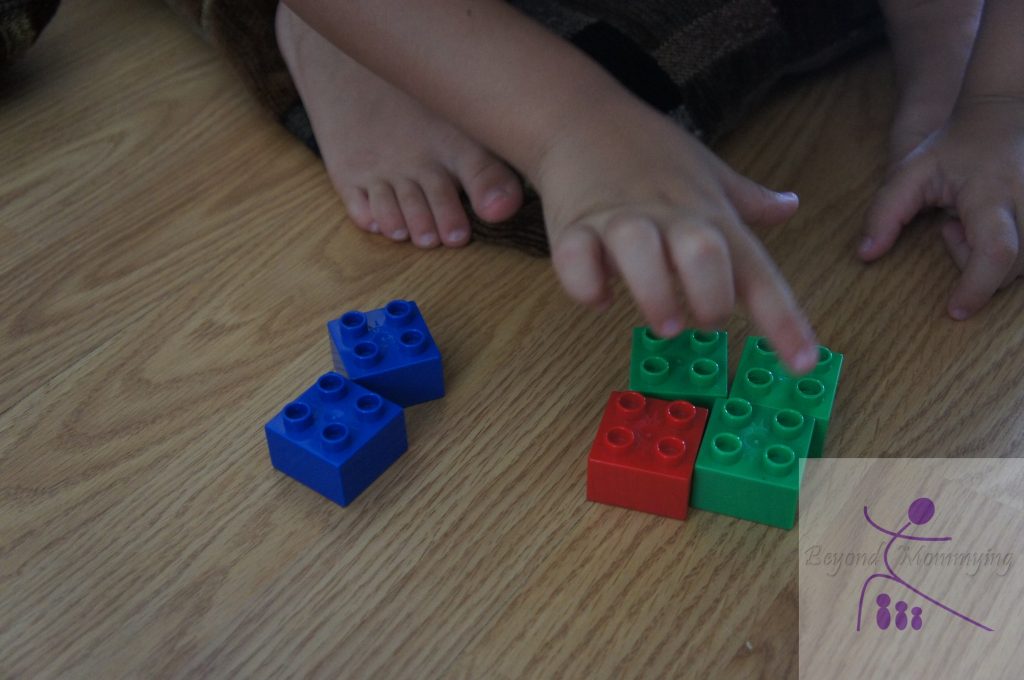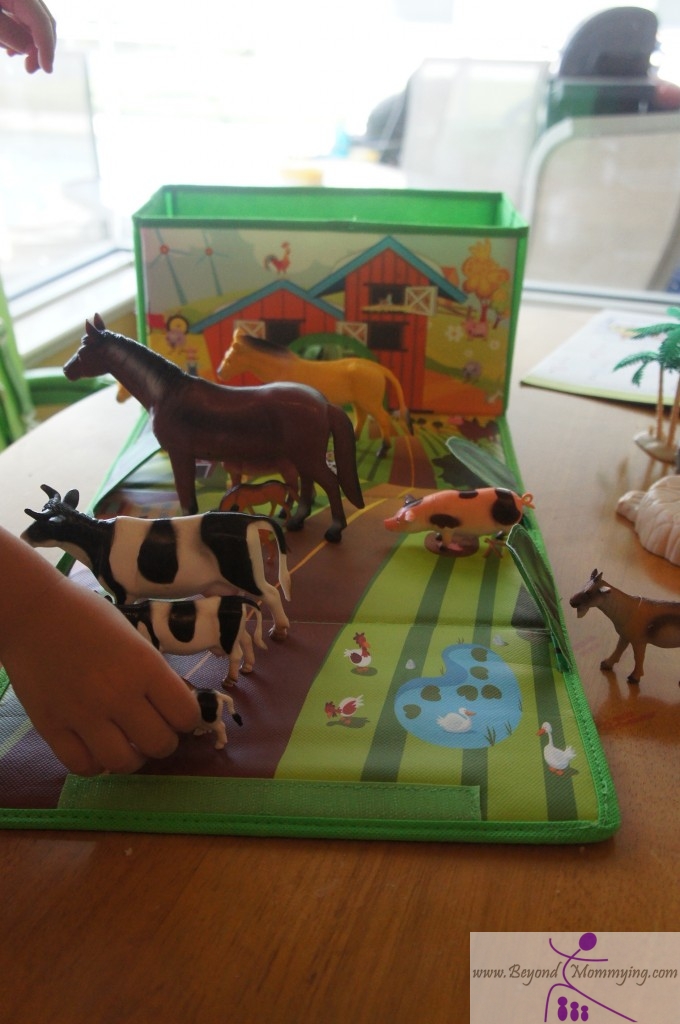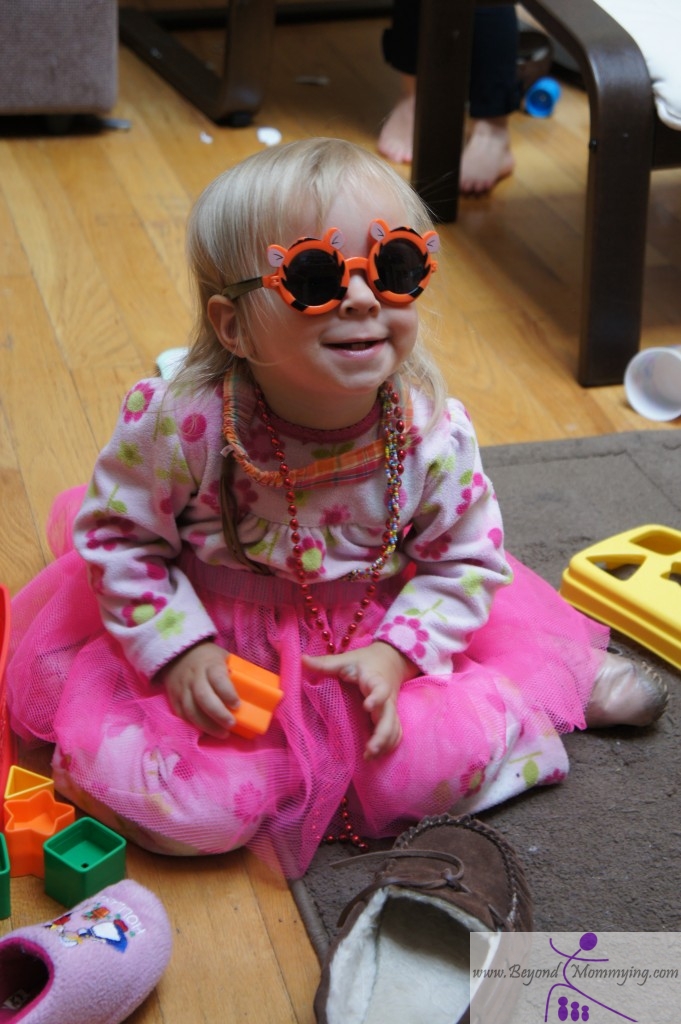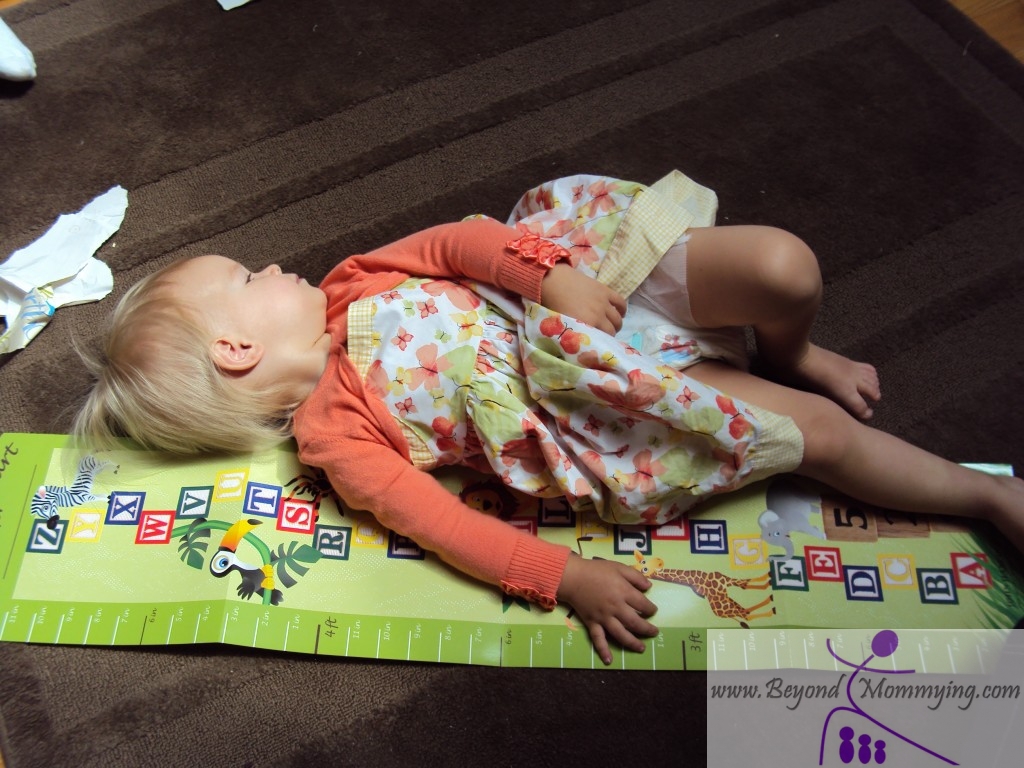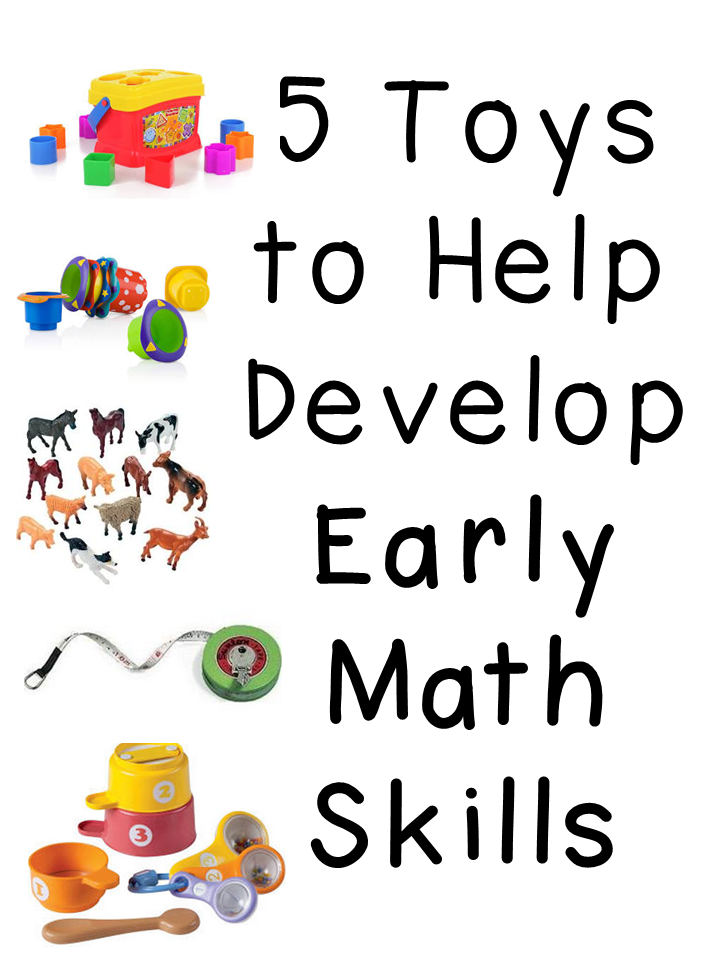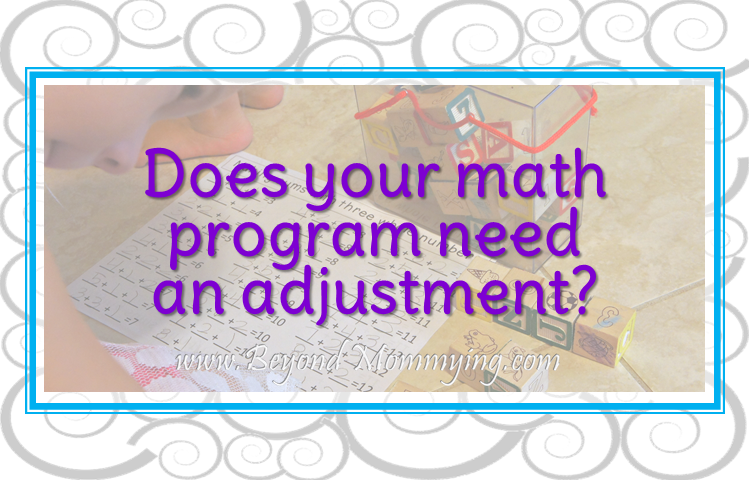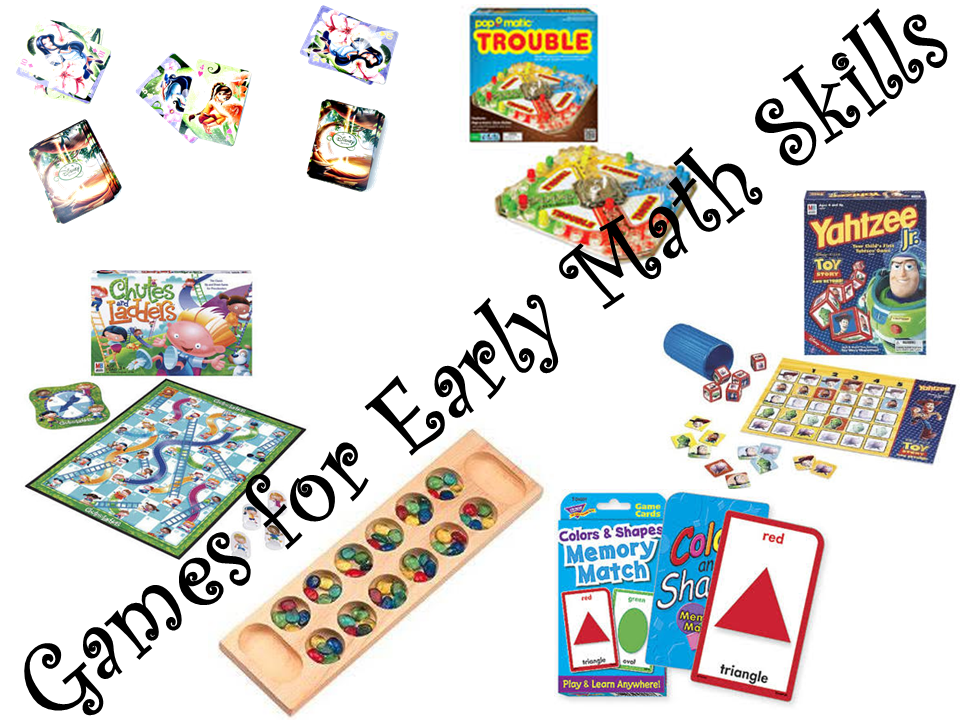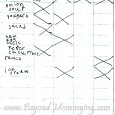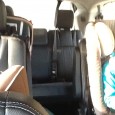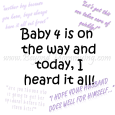Math seems to be the hot topic in education lately, and more specifically how it is taught using the “new” methods of Common Core (which is actually a big misunderstanding, more on that here).
It’s easy to find the standards for school aged children, simply do a quick google search for “your state” + math standards + “grade”. Or you can pull up the national standards at http://www.corestandards.org/Math/.
But with all the controversy over Common Core, early childhood education is being left out of the conversation. I of course have opinions on the importance of early education overall, (though I also believe strongly that parents are the best teachers when possible for young children).
But for the purpose of this post, I’m going to stick to math. You may know that per Common Core, kindergartners are expected to be able to know number names and count to 100; fluently add and subtract within 5; break down numbers up to 19 into 10s and 1s; classify objects by category; and correctly name shapes.
And certainly these seem like basic math skills but children need a strong mathematical thinking base before they can tackle these concepts. They need basic understandings of the world. And while many of us don’t put math and babies together, these important skills do actually start in infancy and while they may not look like math skills to us advanced thinking adults, they are crucial to a child’s later cognitive development and ability to pick up advanced math skills.
This month I’m going to focus on math but stay primarily in the under-5 crowd as there is already an overabundance of information and opinions on math for school aged children available.
The areas of mathematical skills and development in the early years include:
Numbers and Operations
This includes counting, comparing more and less, quantifying and modeling.
Algebraic Concepts
This includes sorting and classifying objects as well as the basics of adding and subtracting.
Geometry
This includes identifying, naming and drawing shapes.
Measurement, Data and Probability
This includes measuring, comparing size, and classifying objects by type.
Below is a downloadable and printable chart of what infants, toddlers and preschoolers should be doing in the realm of mathematical thinking and development:

